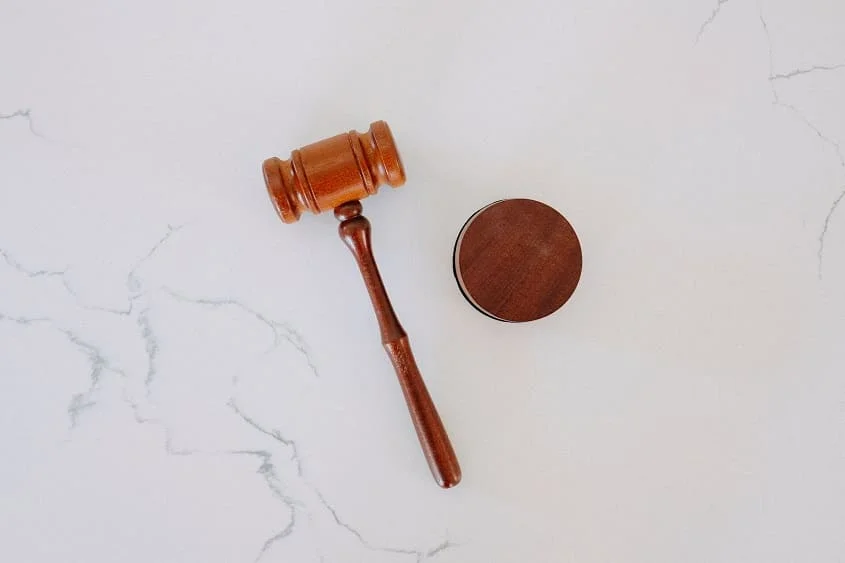Obviousness Rejections: Insights From This Wearable Technology Patent Examination
- December 21, 2023
- By Sarita Thomas
- Read 2 minutes
Join us for our weekly exploration into the patent landscape as we look into the strategic journey behind the success of the patent ‘Methods and Systems For Monitoring Blood Pressure In A Person Using Radio Waves’ (US11844596B2), granted on Dec 19, 2023. Our analysis spans the patent’s evolution, scrutinizing the office actions, amendments, and intricate details of the examination. Check out the expert dissection.
As always, this week also, we analyzed hundreds of office actions from this week’s granted patents and brough to you this case. The office action was filed on February 7, 2023, under the first inventor to file provisions of the AIA, and provides a rich case study for legal professionals. We review and summarise the critical elements of this response, offering actionable insights for attorneys and patent professionals.
The case under review showcases a meticulous approach to amending claims and responding to objections. Key strategies included targeted claim amendments, careful preservation of specific claims, and strategic claim cancellations.
Strategic Claim Amendments and Adaptability
The amendments of certain claims (1-2, 5-7, 9, 11-13, and 18-21) in the given case demonstrate the importance of adaptability in response to legal challenges. Key learning here is the skill of strategically selecting which claims to amend, preserve, or cancel, based on their potential strengths and weaknesses in the context of the specific invention and existing legal standards.
Balancing Specificity and Breadth in Claims
The response to 35 USC § 112(f) challenges reveals the critical balance between specificity and breadth in claim language. The learning for attorneys and analysts is to construct claims that are specific enough to be defensible, yet broad enough to cover potential infringements, a skill crucial for robust patent protection.
Countering Obviousness Arguments
The approach to tackling rejections under 35 USC § 103 showcases effective techniques to counter obviousness arguments. Attorneys can learn to dissect prior art references in detail, highlighting the novel aspects of their clients’ inventions, and crafting arguments that clearly delineate the inventive step from prior art.
Leveraging Legal Precedents and Interpretations
Utilizing legal precedents and interpretations, as seen in the response, underscores the importance of a thorough understanding of case law and MPEP guidelines. Attorneys can apply this learning by continually updating their knowledge base and strategically applying legal precedents to strengthen their arguments.
Preemptive Risk Mitigation
The case illustrates proactive risk mitigation, particularly in claim construction. The general lesson here is the importance of anticipating potential challenges and objections and preparing comprehensive arguments and evidence in advance to mitigate these risks.
Effective Communication of Legal Strategies
The clarity and structure of the response highlight the skill of communicating complex legal and technical concepts in an understandable way. Attorneys can apply this by focusing on clear, concise, and jargon-free communication, both in legal filings and in interactions with clients.
This analysis offers attorneys and patent analysts a set of generalized strategies and principles derived from a specific office action response. These insights, encompassing strategic claim amendments, argumentation techniques, and effective communication, are applicable across a wide range of patent scenarios, enhancing the practice of patent law.
Sarita Thomas
Latest Blogs
Blog Categories
- Intellectual Property (IP) Strategy (84)
- Intellectual Property Asset Management (IPAM) (17)
- IP Monetization (4)
- IP News (7)
- Patent Drafting (2)
- Patent Litigation (6)
- Patent Prosecution (8)
- Patenting (18)









No comment yet, add your voice below!